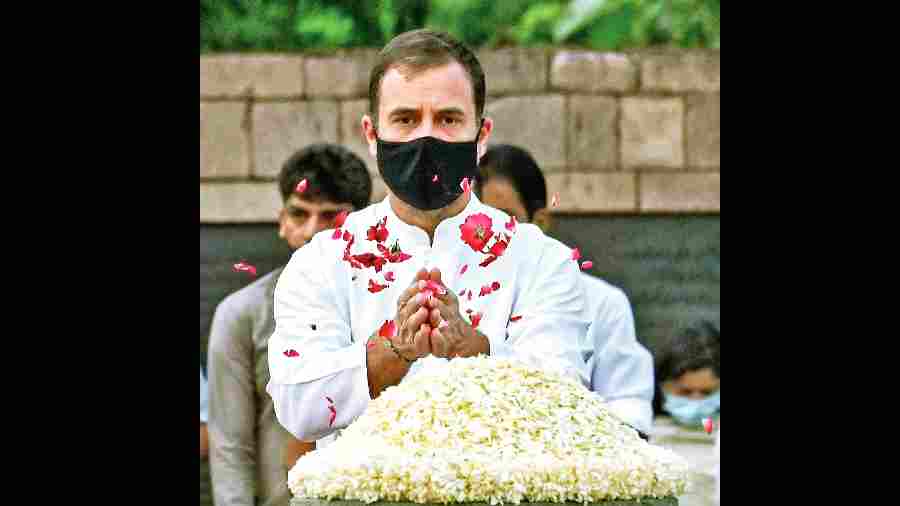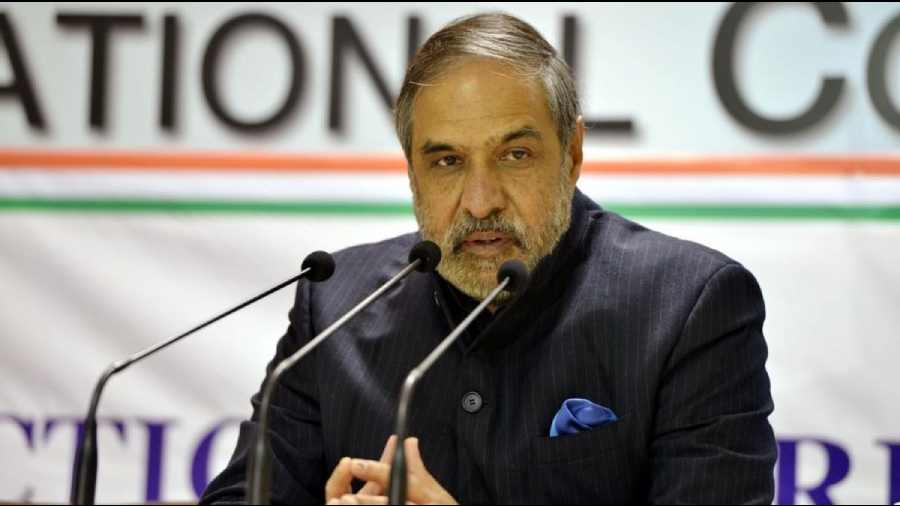The crisis in the Congress may owe more to the party’s inability to effectively counter Hindu nationalism and the shrinking of the centrist space because of religious and caste polarisation, than to individual or organisational failures.
This seems the central message of a new book, Ideology and Organisation in Indian Politics, by political scientist Zoya Hasan that focuses primarily on the Congress’s decline in the last decade, linking it to the larger political transformation under way in India.
“The Congress crisis is not just the crisis of a party; it represents the vanishing of a certain conception of politics in the midst of the ideological consolidation of the Right in India,” Hasan writes.“Whether secularism can remain India’s defining ideology will depend in part on the BJP’s future electoral success but, above all, on the strategies the Congress adopts to counter divisive politics engendered by this regime.”
She adds: “Hindu nationalism posed the most formidable challenge to the Congress party and the pluralist idea of India it espoused and promoted.”The book, published by Oxford University Press, says the biggest test for the Congress now is to offer a clear ideological message to counter Hindu nationalism.“Political ambiguity arises from the fact that most of the Congress leaders don’t see the growing expression of Hinduism in the public sphere as a form of Hindutva politics,” it says.
The book says: “Both as a strategy and as an actuality, the mixing of religiosity and politics doesn’t guarantee electoral dividends (for the Congress). The Congress needs to offer an alternative unifying vision to divisive politics.”
The book recognises the Congress’s absence from the ground and emphasises the need to build ideological opposition to the BJP through mass contact campaigns and battles to protect citizens’ constitutional rights.Although the book refers to factors such as the collapse of the Congress’s social alliances, the rise of caste-based regional parties and corporate backing for the BJP, it says the “greatest failure was in the way it approached Hindu assertiveness being spearheaded by the RSS-BJP combine”.
The book says the Congress had in 2014 failed to expose the reality of the Gujarat model, just as it later failed to counter the BJP’s focus on nationalism and national security following the Pulwama massacre and Balakot surgical strike in 2019.
After the implementation of the Mandal Commission recommendations created two powerful cleavages based on caste and religion that blunted the Congress’s catch-all centrist position, the Gujarat violence of 2002 came as another turning point that forced the party to confront communal politics, the book says.“It did not, however, fully confront the implications of this turn of events by not actively pursuing the pending criminal investigations into the Gujarat violence when UPA came to power (in 2004). It thereby helped the BJP and Narendra Modi (escape) any responsibility for the mass violence under his watch,” Hasan writes.
The Congress’s reluctance to talk about violence and fix responsibility allowed Modi to play the victim card and allege a campaign to malign him over the riots, the book says. Many in the Congress indeed believed that Modi would be unacceptable as Prime Minister to India’s voters and preferred him to others as the NDA candidate.UPA-II had been damaged by comptroller and auditor general Vinod Rai’s claims about the loot of lakhs of crores, and the popular campaign by the Anna Hazare-led India Against Corruption.
Some Congress strategists believed that a polarising figure like Modi would be an insurance against a Congress defeat.By the time big industries had entered the picture to help Modi build a powerful campaign and many media outlets were striving openly to conjure a wave for him, it was too late for the Congress to turn the tide. Such was the chaos that a cabinet decision for a judicial probe into allegations that Modi’s Gujarat government had snooped on a woman could not be implemented.
The book underlines the Congress failure to establish that the economic propaganda about the “Gujarat model” was only a means to divert attention from Modi’s communal agenda, and that his record showed scant regard for democratic principles and a systematic reduction of minorities to second-class citizen.This allowed the BJP to project governance and development as the overarching themes of Modi’s political agenda, it adds.
“However, the carefully cultivated image of development man couldn’t act as a catalyst for victory throughout India without polarisation and hate speech. The campaign (was) by no means restricted to economic growth, inflation, corruption and the greatness of the Gujarat model,” the book says.
“Rather, it was a classic combination of both development and division. Modi spoke about development but allowed other leaders and the Sangh parivar to raise the communal heat, with the RSS taking the lead. The larger strategy of polarising the electorate through majoritarian symbolism was writ large in BJP campaign speeches.”In 2019, the BJP hijacked the electoral discourse on nationalism and national security, leaving the Congress helpless after the Pulwama tragedy in which over 40 CRPF jawans were killed in a terror strike.
The book says the Congress presumed that its nationalist credentials could not be questioned because the RSS did not take part in the freedom struggle, but the Sangh parivar carried its plan to success by mixing nationalism with Hindutva.
“The BJP is no ordinary Right-wing party or even akin to the new far-Right politicians and parties in central and eastern Europe. It is a Right wing front of the extreme Right represented by the RSS,” the book says.“The objective of the RSS is not merely to win elections and form governments but to transform Indian society in all domains of culture, religion and civilisation, a project it has assiduously pursued for close to a century.”













